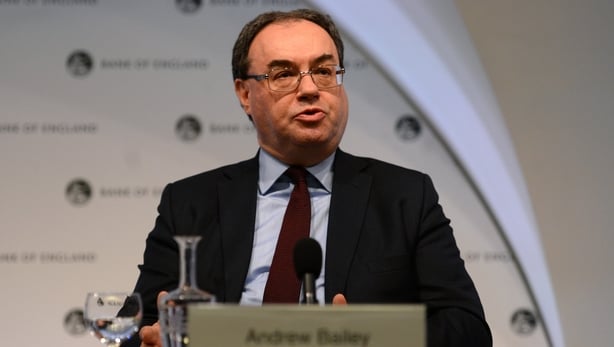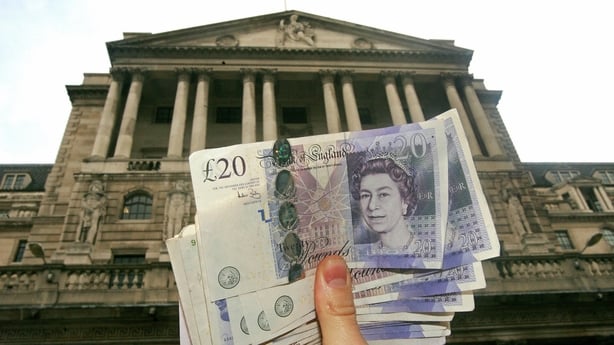The Bank of England held off from further stimulus measures today but said it was ready to take more action to counter the country's biggest economic slump in over 300 years, caused by the coronavirus lockdown.
In what it called an "illustrative scenario", the Bank of England said it saw a plunge of 14% in Britain's economy in 2020 followed by a 15% bounce-back in 2021.
Such a scenario would require very significant monetary and fiscal stimulus, it said.
The Bank of England kept its benchmark interest rate at an all-time low of 0.1% and left its target for bond-buying, most of it British government debt, at £645 billion.
Two of its nine policymakers - Michael Saunders and Jonathan Haskel - voted to increase its bond-buying firepower by £100 billion.
"However the economic outlook evolves, the Bank will act as necessary to deliver the monetary and financial stability that are essential for long-term prosperity and meet the needs of the people of this country," Governor Andrew Bailey said.
"This is our total and unwavering commitment," he stated.

Andrew Bailey said the Bank of England expected "the recovery of the economy to happen over time, though much more rapidly than the pull-back from the global financial crisis."
The illustrative scenario was based on the government gradually lifting its coronavirus lockdown, that has shuttered swathes of the economy, between June and September.
Both decisions announced today were in line the forecasts of most economists in a Reuters poll.
Many economists expect the Bank of England to increase its asset purchase programme in June, before the extra £200 billion it gave itself in March is exhausted by the furious pace of its buying of British government debt.
The UK government has already rushed out spending and tax measures worth about £100 billion to try to counter the effect of its coronavirus lockdown.
The Bank of England said today that it expected a 25% plunge in British gross domestic product in the second quarter with the unemployment rate more than doubling to 9%. Inflation was likely to fall below 1% in the next few months, half the bank's target.
However, the Bank of England also said the recent economic data suggested demand had stabilised, albeit at very low levels.
Last week, the US Federal Reserve restated a pledge to keep interest rates low and continue offering trillions of dollars in credit as long as the economy needs it, and the European Central Bank kept the door open to further stimulus.
Minutes of this week's discussions at the Bank of England showed policymakers thought there were risks that the illustrative scenario could prove too optimistic because people might remain cautious about resuming their normal lives after the lockdown.
Workers might be worried about their jobs and companies might also be more risk averse.
"The financial system was, however, in a much better position to support households and businesses through this period compared with the global financial crisis," the minutes said.

A separate Bank of England report published today said an emergency "desk top" stress test showed that top banks and building societies could keep lending ,
The Bank of England's interim Financial Stability Report (FSR) said the stress test was based on an economic scenario outlined by the Bank's Monetary Policy Report (MPR).
Under the MPR scenario, Britain's GDP drops by almost 30% in the second quarter versus the fourth quarter of last year and recovers as lockdown restrictions are lifted.
Britain has been in lockdown since mid-March and the government is expected to announce some easing of restrictions in the coming days.
The stress test showed that banks have the capital buffers to withstand even greater losses than those that result from the MPR scenario, the FSR said.
"Overall, in the desktop stress test based on the MPR scenario, banks incur total credit losses of just over £80 billion," the report stated.

